Central banks are still sticking to the plan on inflation
Investors had prepared for central banks to raise interest rates. But the Fed and the Bank of England remain dovish – and markets are comfortable with this. John Stepek explains what's going on.
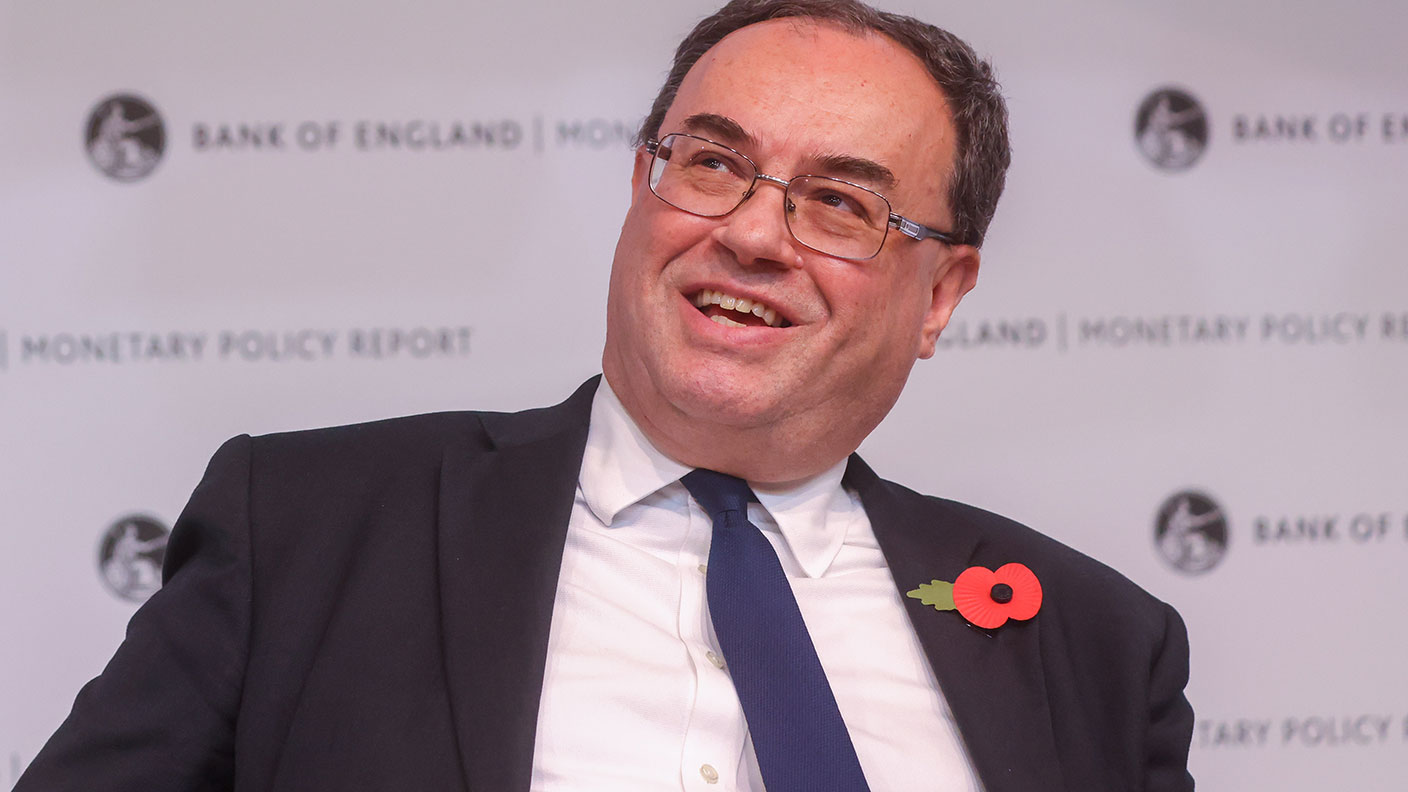

The US economy added another 531,000 jobs to payrolls in October – that was higher than expected. Moreover, the figure for September was revised up from 194,000 to 312,000. That was still below the 500,000 that had been expected for that month – but, as you can see, it was a great deal less disappointing than markets thought at the time.
(This is another useful reminder of just how flaky this data is. It doesn’t prevent markets from reacting to it, but I always find it useful to imagine what might have happened if the revised data had been announced on the day – how would that have changed the “narrative” for markets?)
Anyway – if this had happened last week, a strong jobs report might have sent investors running for the hills; stronger employment would have meant tighter monetary policy.
MoneyWeek
Subscribe to MoneyWeek today and get your first six magazine issues absolutely FREE

Sign up to Money Morning
Don't miss the latest investment and personal finances news, market analysis, plus money-saving tips with our free twice-daily newsletter
Don't miss the latest investment and personal finances news, market analysis, plus money-saving tips with our free twice-daily newsletter
But something happened last week to change the tone in markets. And I think that’s worth delving into a bit.
The Bank of England’s brief turn in the spotlight
It’s all about what markets had been expecting – and how that changed very quickly. As usual, it’s mostly about central banks.
In terms of the importance of central banks to investors, the US Federal Reserve is generally the big one. It sets the tone – particularly in emergencies – and the other central banks follow it.
However, we’re at an inflection point at the moment. And it’s one where the smaller central banks have been taking the lead.
We’re already seeing central banks across various emerging markets and smaller developed markets raising interest rates. For example, Norway raised rates in September, while Poland has raised rates quite aggressively.
So last week, even although there was an important Fed meeting, lots of eyes were also upon the Bank of England meeting.
The Bank is in no way as important as the Fed, and most of the time its individual rate meetings simply don’t matter that much to global markets. Hordes of analysts don’t sit on Twitter immediately parsing changes to commas and semicolons for hints as to what the Bank might do next.
But it’s still a big central bank and sterling is still a significant currency. So the idea – which had been very much leaned into by Bank governor Andrew Bailey – that the UK might be next to raise interest rates had global investors preparing for a wave of hawkishness.
Taken altogether, markets seemed to feel as though they’d been wrong to assume that central banks were relaxed about inflation, and that the risk was being caught on the hop as a wave of rate hikes swept the globe.
Central banks are behind the curve, which is where they want to be
Yet as it turned out, betting on central banks being more dovish than they’ve led markets to believe is still the winning trade.
First came Wednesday, when we had the Federal Reserve sounding a good bit more relaxed than had been expected about inflation.
Yes, the Fed started the “taper” – the process of winding down quantitative easing (QE). But Fed chair Jerome Powell was at pains to emphasise that inflation is still transitory, and that the end of QE doesn’t mean the imminent start of rate hikes.
That left markets feeling pleased but slightly disorientated. QE was ending – but not as fast as they’d expected, and with no sense that the Fed is especially worried about inflation.
Then came Thursday, and the Bank of England’s turn in the spotlight. We’ve already pointed out that the Bank really shocked markets with its resounding decision not to raise interest rates. That sent sterling significantly lower.
However, what was probably more interesting is the way the decision reverberated around other global markets. Coming hot on the heels of the Fed’s relaxed attitude, it seemed to convince investors that we’re back to a policy of “watchful waiting”.
In short, markets went into last week thinking that central banks were going to act on inflation. Increasingly aggressive noises from the Bank of England in particular, had convinced investors that they’d better get ready for rates to rise a lot faster than they’d expected.
But by the end of last week, they’d been disabused of that notion. It turned out that central banks had been talking a big game, but had decided to err on the side of caution on the day.
Overall, markets are comfortable with this. They don’t want central banks to push up interest rates. That would be bad news for asset prices.
However, it does also increase the risk that inflation keeps going higher and that we get to the point where even if it can be described as “transitory” it starts to be much more disruptive. As Michael Pearce of Capital Economics put it, there is “an increasing risk that the Fed is falling behind the curve”.
For example, the latest jobs report shows that wages in the US are rising at a rate of 4.9% a year. To be clear, higher wages are not a bad thing. But they are the most obvious vector for driving ongoing inflationary pressures – the one thing that might not be easy to dismiss as “transitory”.
We’re not there yet, and if supply chain issues start to relax, we might not get there for a while. (It’s not been as widely reported on as the spikes were, but the cost of shipping as measured by the Baltic Dry Index has fallen precipitously in the last few weeks).
But it leaves me more convinced than ever that the point is to hold “real” (after-inflation) interest rates down below inflation for as long as possible. Which is yet another reason to prepare your portfolio for a more inflationary backdrop than most of us have seen in our investing careers.
This is a topic we’ll be discussing in some detail at the MoneyWeek virtual Wealth Summit. If you haven’t already bought your ticket, find out more here.
Get the latest financial news, insights and expert analysis from our award-winning MoneyWeek team, to help you understand what really matters when it comes to your finances.
John Stepek is a senior reporter at Bloomberg News and a former editor of MoneyWeek magazine. He graduated from Strathclyde University with a degree in psychology in 1996 and has always been fascinated by the gap between the way the market works in theory and the way it works in practice, and by how our deep-rooted instincts work against our best interests as investors.
He started out in journalism by writing articles about the specific business challenges facing family firms. In 2003, he took a job on the finance desk of Teletext, where he spent two years covering the markets and breaking financial news.
His work has been published in Families in Business, Shares magazine, Spear's Magazine, The Sunday Times, and The Spectator among others. He has also appeared as an expert commentator on BBC Radio 4's Today programme, BBC Radio Scotland, Newsnight, Daily Politics and Bloomberg. His first book, on contrarian investing, The Sceptical Investor, was released in March 2019. You can follow John on Twitter at @john_stepek.
-
 Rightmove: Asking prices set to rise 2% in 2026 after post-Budget market rebound
Rightmove: Asking prices set to rise 2% in 2026 after post-Budget market reboundBuyers and sellers who held off in anticipation of the Budget will come back to the market and contribute to asking prices increasing next year, according to Rightmove
-
 Coreweave is on borrowed time
Coreweave is on borrowed timeAI infrastructure firm Coreweave is heading for trouble and is absurdly pricey, says Matthew Partridge
-
 'Governments are launching an assault on the independence of central banks'
'Governments are launching an assault on the independence of central banks'Opinion Say goodbye to the era of central bank orthodoxy and hello to the new era of central bank dependency, says Jeremy McKeown
-
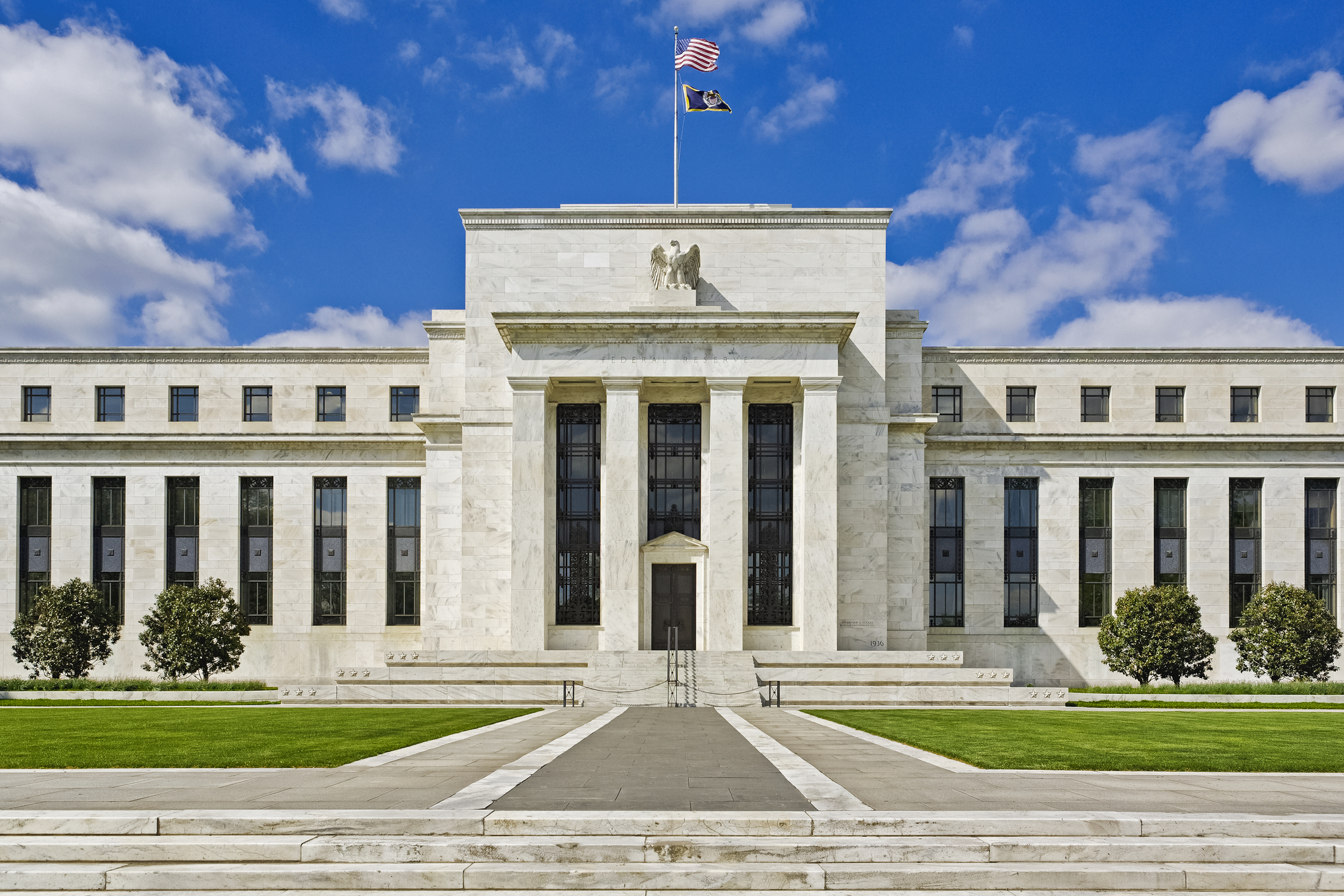 Do we need central banks, or is it time to privatise money?
Do we need central banks, or is it time to privatise money?Analysis Free banking is one alternative to central banks, but would switching to a radical new system be worth the risk?
-
 Will turmoil in the Middle East trigger inflation?
Will turmoil in the Middle East trigger inflation?The risk of an escalating Middle East crisis continues to rise. Markets appear to be dismissing the prospect. Here's how investors can protect themselves.
-
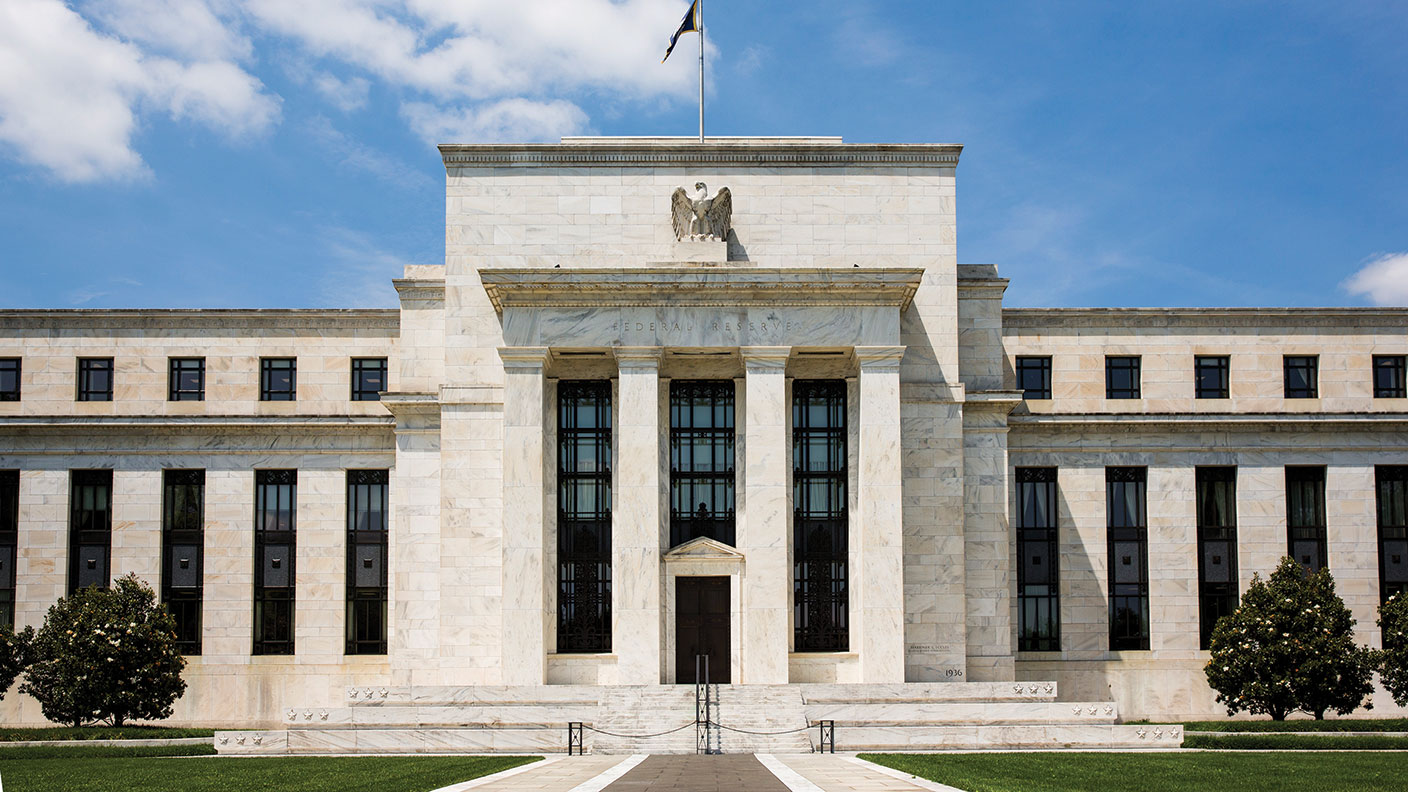 Federal Reserve cuts US interest rates for the first time in more than four years
Federal Reserve cuts US interest rates for the first time in more than four yearsPolicymakers at the US central bank also suggested rates would be cut further before the year is out
-
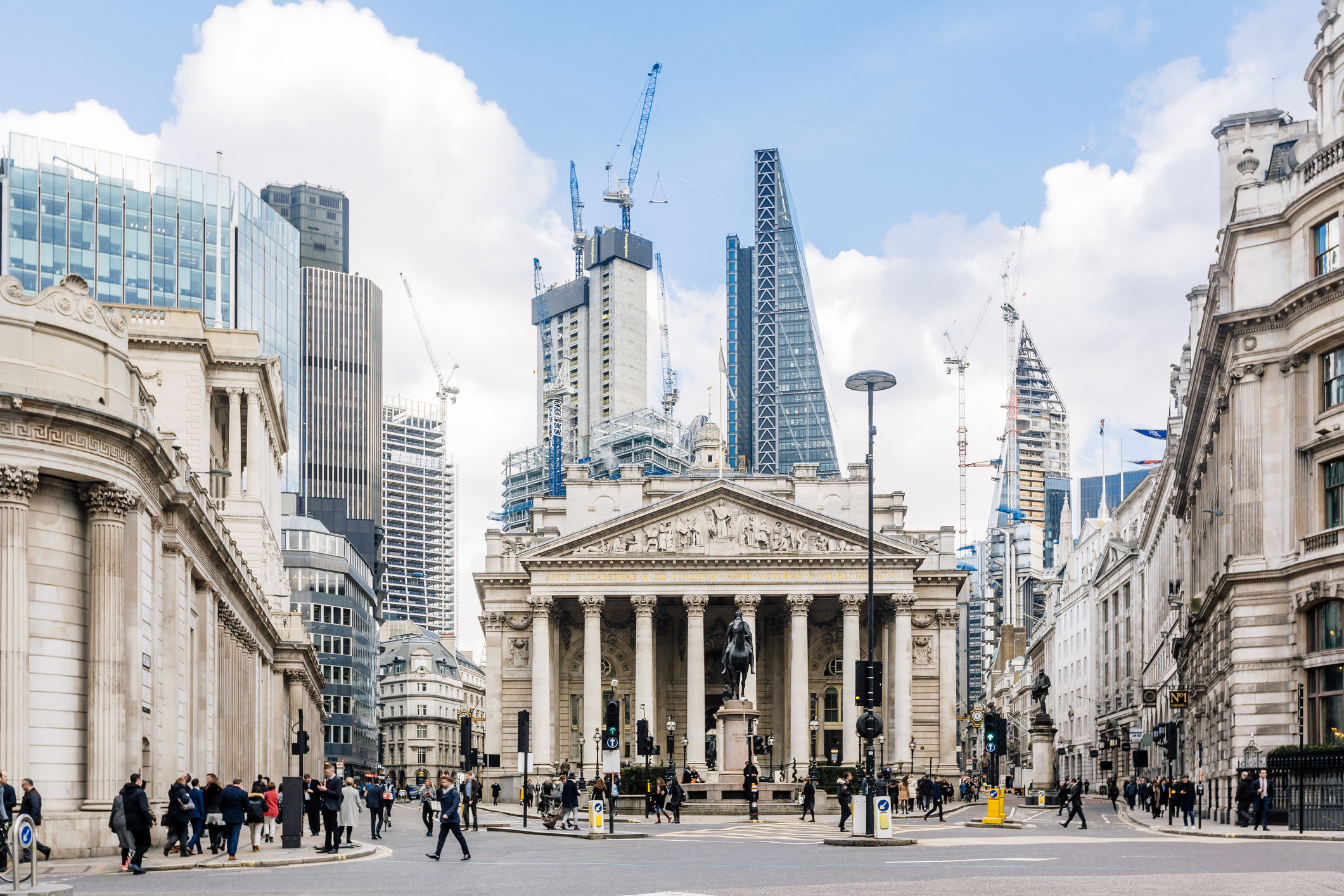 The Bank of England can’t afford to hike interest rates again
The Bank of England can’t afford to hike interest rates againWith inflation falling, the cost of borrowing rising and the economy heading into an election year, the Bank of England can’t afford to increase interest rates again.
-
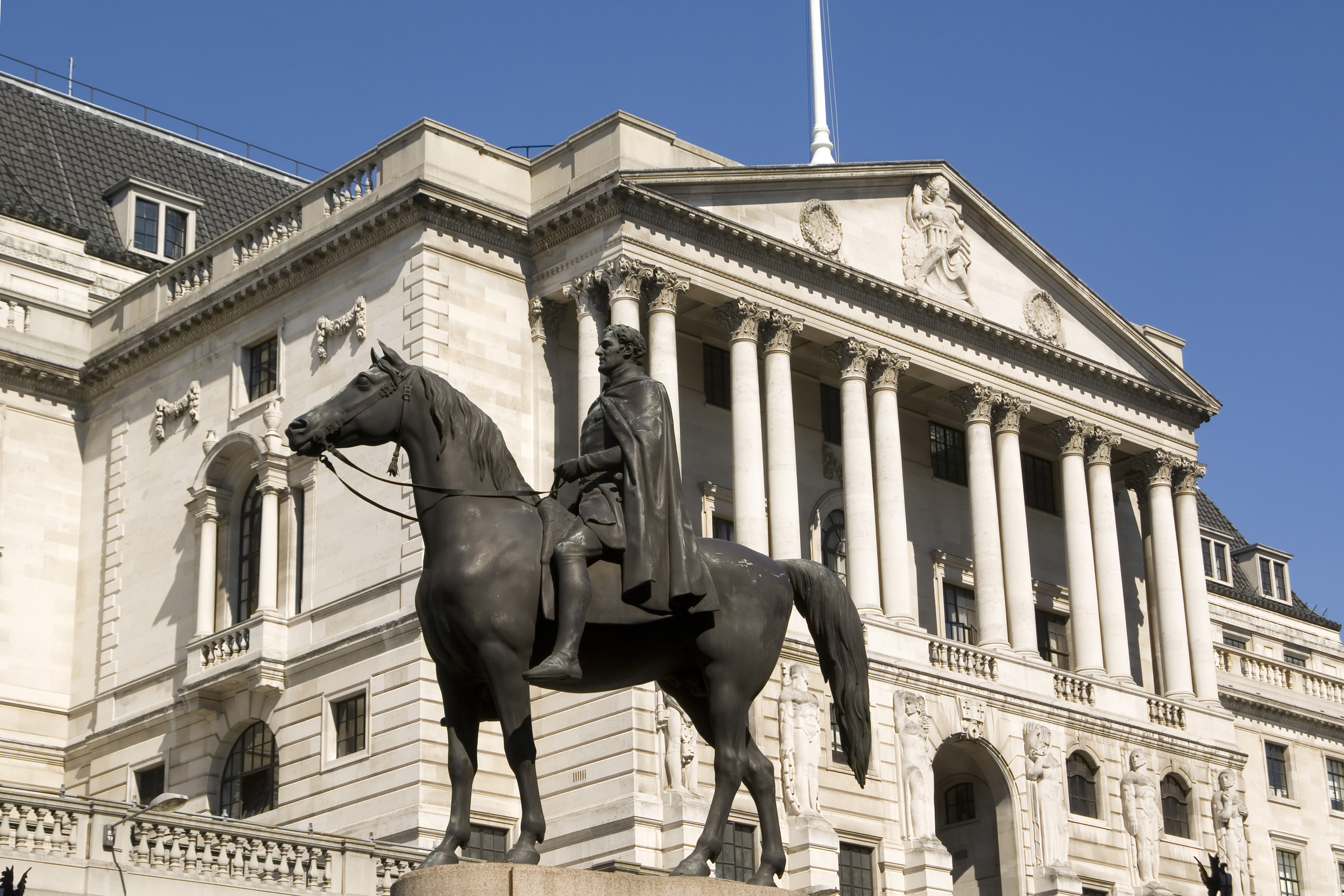 Interest rates held at 5.25% again
Interest rates held at 5.25% againThe Bank of England has kept rates at 5.25% again, in a widely anticipated move. We look at what it means for your money - and what the Bank’s next move could be
-
 US inflation rises to 3.7% as energy prices surge - will the Fed hike rates?
US inflation rises to 3.7% as energy prices surge - will the Fed hike rates?US consumer price index rose in August but markets do not expect a rate hike this month
-
 UK wages grow at a record pace
UK wages grow at a record paceThe latest UK wages data will add pressure on the BoE to push interest rates even higher.
